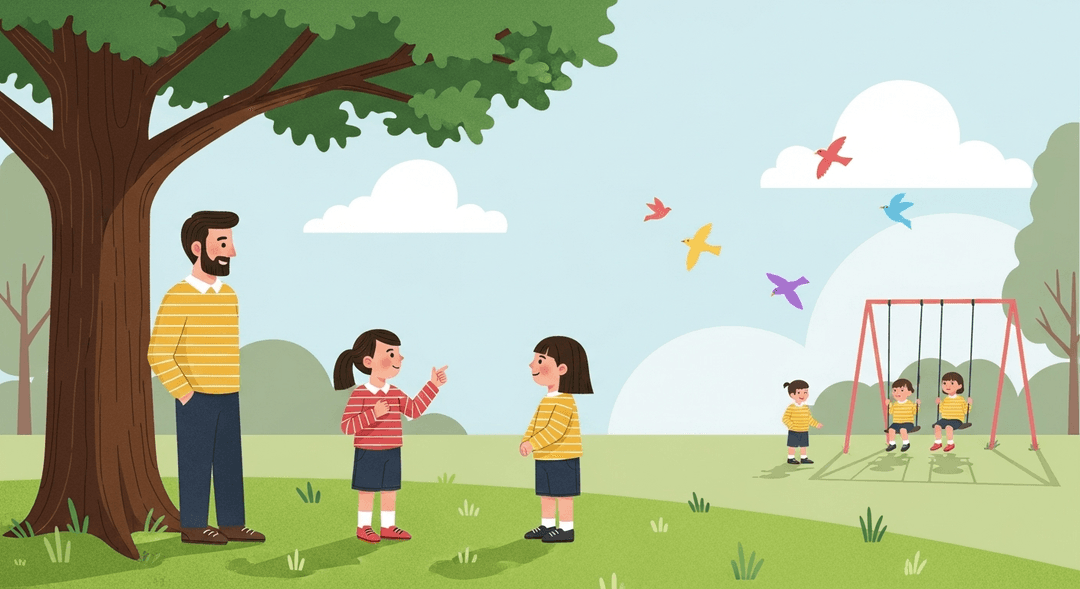Teach Assertiveness, Not Aggression
Ever watched your tiny human morph from a shy mouse to a fire-breathing dragon in 0.2 seconds flat? Yeah, me too. Teaching assertiveness (not ‘I’m-the-boss-of-everything’ energy) is basically parenting on expert mode—because apparently, ‘use your words’ is not a spell that works on first try. If you’re tired of refereeing sibling smackdowns or decoding playground politics, this one’s for you.
Kids who learn assertiveness (not aggression!) get a confidence boost that’s basically a neural smoothie for their self-esteem. It helps them build stronger social connections, reduces anxiety about standing up for themselves, and teaches their brains that boundaries are cool, not scary. For parents, it’s a secret sauce for fewer meltdowns and more actual conversations—bonus: your own stress hormones might finally get a coffee break.
How to do it
-
Model the difference. Show your child what calm, respectful ‘no’s’ look like—even when it’s something as simple as declining grandma’s third cookie offer.
-
Practice with role-play. Act out scenarios together using toys or by looking in the mirror. Superhero capes are optional, but they can make the practice more fun and engaging.
-
Give them words. Teach your child simple phrases such as “I don’t like that” or “Please stop.” Encourage them to use these phrases calmly, without yelling, and practice together.
-
Praise attempts, not just victories. Celebrate whenever your child tries to set a boundary, even if it comes out awkwardly or quietly. Effort matters as much as the outcome.
-
Debrief after. Talk together about what worked and what could go differently next time. Keep the conversation supportive and low-pressure—there’s no need to turn it into a TED talk.
Key Tips:
- Stay patient and model the behavior you want to see.
- Make practice playful to reduce anxiety.
- Reinforce that it’s okay to speak up, even if it feels uncomfortable.
- Focus on growth, not perfection.
